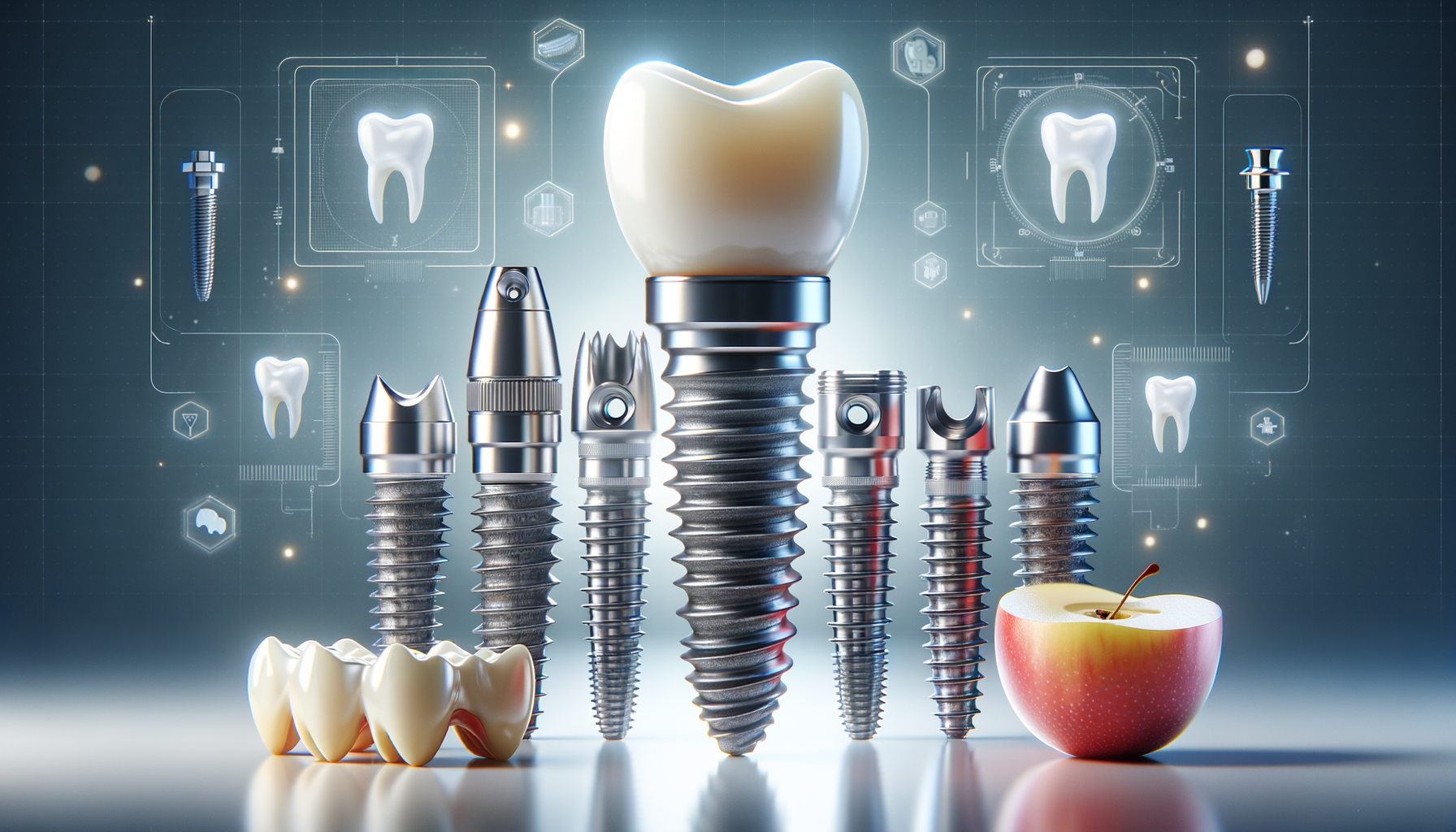
Uncover the Truth About Dental Implants: What You Need to Know
Introduction to Dental Implants
Dental implants have revolutionized the field of dentistry by offering a reliable solution for missing teeth. Unlike traditional dentures or bridges, dental implants are designed to restore your smile naturally by integrating with your jawbone. This fusion not only provides a stable foundation for artificial teeth but also helps maintain the structure of your face. As we delve into the world of dental implants, we’ll explore their benefits, the procedure involved, and considerations for those contemplating this option.
Understanding the Procedure
The process of getting dental implants involves several stages, each crucial for ensuring the success and longevity of the implant. Initially, a comprehensive evaluation is conducted to assess the patient’s oral health and bone density. This evaluation helps determine the suitability of dental implants as a treatment option.
The procedure begins with the surgical placement of a titanium post into the jawbone. This post acts as an artificial root, providing a secure anchor for the replacement tooth. Over a few months, a process known as osseointegration occurs, where the bone fuses with the post, creating a stable base.
Once osseointegration is complete, an abutment is attached to the post, serving as a connector between the implant and the crown. Finally, a custom-made crown is placed on the abutment, completing the restoration process. This meticulous procedure ensures that dental implants offer a durable and aesthetically pleasing solution for missing teeth.
Benefits of Dental Implants
Dental implants offer numerous advantages over traditional tooth replacement methods. One of the most significant benefits is their ability to restore your smile naturally, providing a look and feel that closely resembles natural teeth. This is particularly important for those who value aesthetics and comfort.
Additionally, dental implants help preserve the jawbone, preventing bone loss that often occurs with missing teeth. This preservation is crucial for maintaining facial structure and preventing the sunken appearance that can result from prolonged tooth loss. Furthermore, implants eliminate the need for adjacent teeth to be altered, as is often required with bridges.
Other benefits include improved oral hygiene, as implants do not require special cleaning solutions or adhesives. They also enhance speech and chewing capabilities, allowing individuals to enjoy their favorite foods without worry.
Considerations and Potential Challenges
While dental implants are a highly effective solution, there are several considerations to keep in mind. The success of the procedure largely depends on the patient’s oral health and commitment to maintaining good hygiene. Regular dental check-ups and a diligent oral care routine are essential to prevent complications.
Potential challenges include the risk of infection, implant failure, or damage to surrounding structures. However, these risks are minimized with proper care and by choosing a qualified dental professional for the procedure.
Cost is another factor to consider, as dental implants can be more expensive than other options. However, their durability and long-term benefits often justify the initial investment.
Conclusion: Is a Dental Implant Right for You?
Dental implants are among the top options for individuals seeking a permanent solution to tooth loss. They offer exceptional quality in terms of aesthetics, functionality, and oral health benefits. If you’re considering dental implants, it’s crucial to consult with a dental professional to determine if this treatment aligns with your needs and circumstances.
Ultimately, dental implants can significantly improve your quality of life by restoring your smile and confidence. By understanding the procedure, benefits, and considerations, you can make an informed decision about whether dental implants are the right choice for you.


